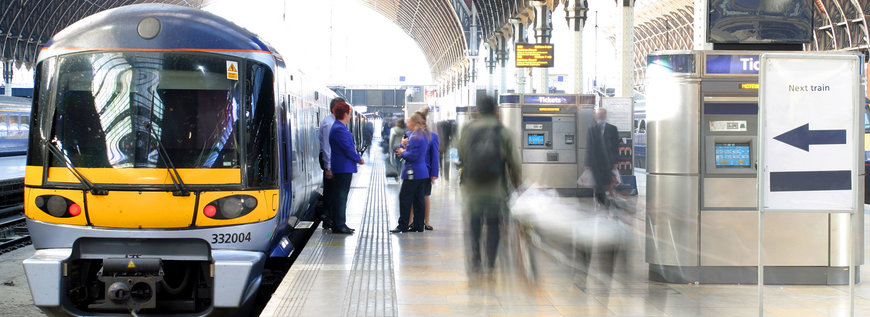railway-international.com
25
'21
Written on Modified on
Opinion: The Williams-Shapps plan for UK rail
Look beyond the 'Great British Railways' headlines and there are some subtle ideas to stabilise and strengthen the UK railway.

The publication of the Williams-Shapps Plan for Rail (May 20, 2021) was heralded as ushering in a new era for rail services in Britain.
The review was initiated in response to the chaos that immediately followed a change to the national timetable in May 2018. Overnight, peak time services - particularly in the north and south east of England - almost ground to a halt as operators failed to meet their timetable obligations. Thousands of services were cancelled as the summer progressed.
The fiasco was a very public failure and the culmination of stresses that had been building within the structure of the sector: unclear responsibilities; complex lines of communication; a dwindling pool of franchise bidders and multiple train operators facing financial difficulties.
Against this backdrop, the subsequent collapse of passenger numbers following the outbreak of COVID-19, and the urgent need to replace risk-based franchise contracts with Emergency Measures Agreements, further underlined the urgent need for industry reform.
So though the Williams Rail Review was announced in the aftermath of a notorious timetable meltdown, it had the freedom to examine and recommend improvements in every corner of the rail industry.
Subtle opportunities
The Government’s response, as set out in this new White Paper, represents the most fundamental overhaul of the industry since its privatisation in the mid-90s.
Yet behind the headline-grabbing proposals to scrap franchises, establish a single ‘guiding mind’ in the form of Great British Railways and reform the way in which we buy and use tickets, there are some subtle opportunities that offer considerable scope to improve the performance of our railway.
First, the consolidation of Research, Development and Innovation funding within Great British Railways will allow promising new technology to be examined in detail, developed at scale and delivered at pace.
Too often in the past, fragmented funding has generated fragmented solutions. Limitations on the availability and application of research funding has meant that system-wide solutions have proven too complex or too costly to implement, despite demonstrating significant promise. Concentrating funding and oversight within a single organisation will support the supply-chain in tackling the industry’s greatest challenges head-on, and increase the likelihood of identifying the best solution at the first-time of asking.
Second, recognition that Britain’s railways need to modernise “if they are to become the backbone of a cleaner, greener public transport network” explicitly acknowledges that the environmental performance of the rail network needs to keep pace with other modes. Ahead of the abolition of diesel-only trains by 2040 it is imperative that a clear path to net zero for the rail sector is established. The comprehensive environment plan for the rail network announced within the White Paper will set out clear commitments on carbon emissions, air pollution, biodiversity, waste, water usage, noise and vibration. But it must also identify the activities and commit the funding needed to deliver against that plan.

Third, the ‘open by default’ approach to data sharing and implementation of the new Rail Data Service will facilitate more proactive innovation from which the industry can benefit at little to no cost. Collectively, the rail industry holds a considerable volume of data that, among other things, can be used to enhance the passenger experience, improve the punctuality of trains or optimise the maintenance of vehicles.
But due to the current structure of the industry, ownership of that data is piecemeal and shrouded in commercial confidentiality clauses which makes it difficult to obtain and exploit. Creating opportunities for the private sector and academic institutions to draw insights and extract meaningful information and value from these data can, in turn, support Great British Railways in delivery of its 30 year strategy.
Time to stabilise and strengthen
The proposals show great promise. Perhaps not the wholesale revolution that was once touted, but certainly a timely assessment of the industry's weaknesses and some sensible changes that should make a genuine difference which its customers will notice.
At Ricardo, we welcome the reforms put forward in the White Paper and the opportunities they provide to stabilise and strengthen the railway for passengers and society.
For many years we have provided clients with innovative solutions to their most complex and challenging problems, from the introduction of ERTMS to solar-powered traction schemes. We stand ready to help the UK industry exploit the opportunities presented by this significant report.
www.ricardo.com

